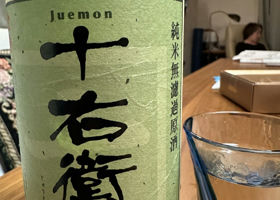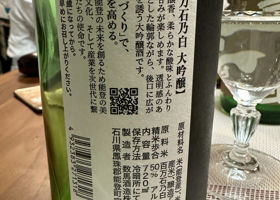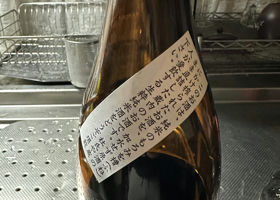

Konnaky
First time I saw that it tastes strong and resembles old-fashioned sake. It has been a long time since I have had something that is not a modern sake! It's not that it's not modern, but it's simply delicious. By the way, I don't mean that it's not good because it's not modern, but simply delicious. I have never had almost any sake from Tokyo, but it is good. Perhaps if you drink it after a few days, it will become mellower and even more delicious.
Japanese>English



































